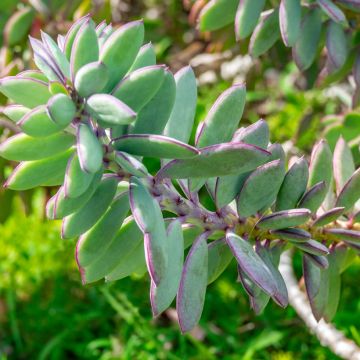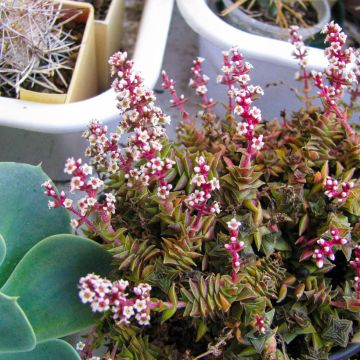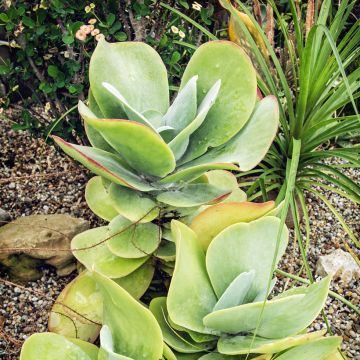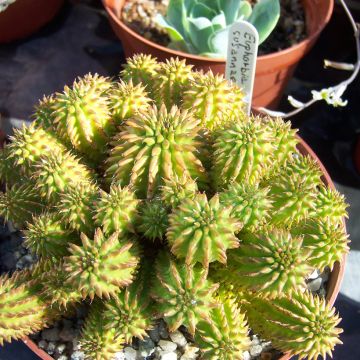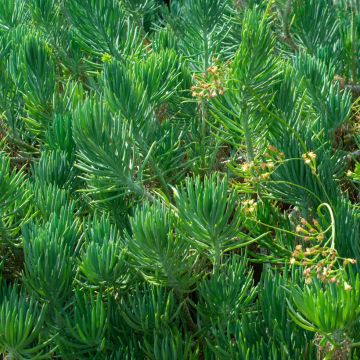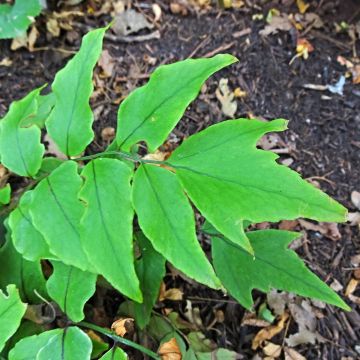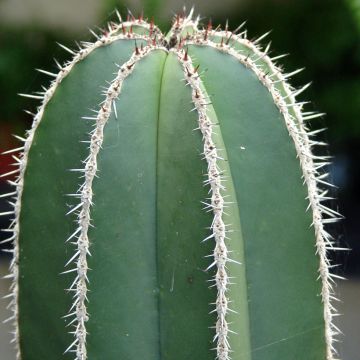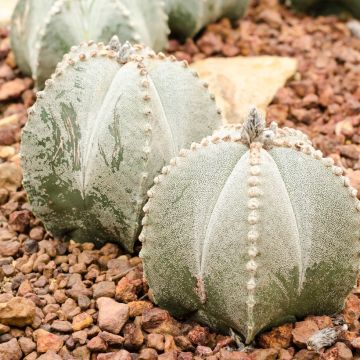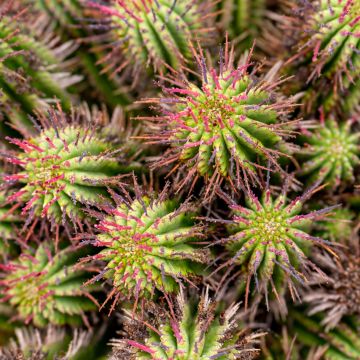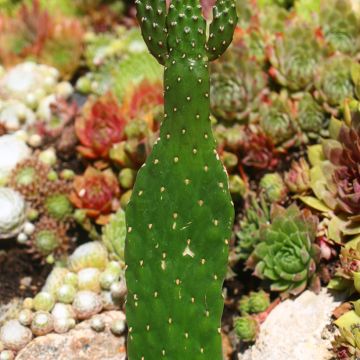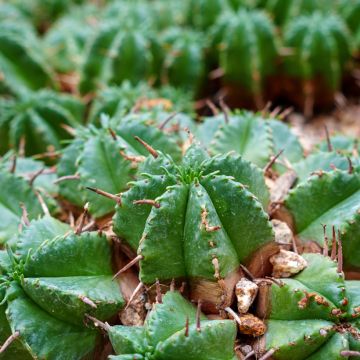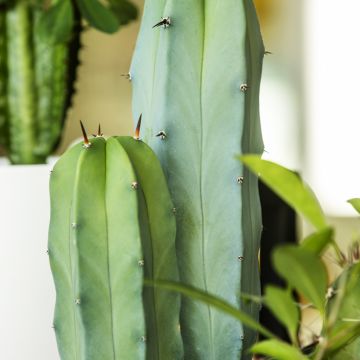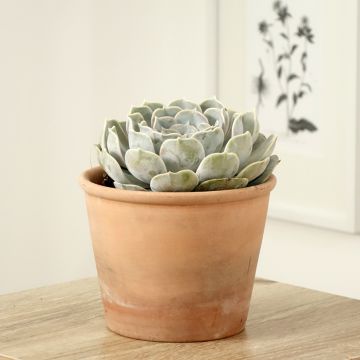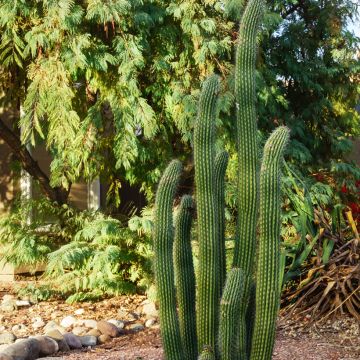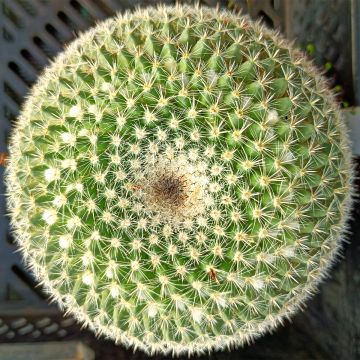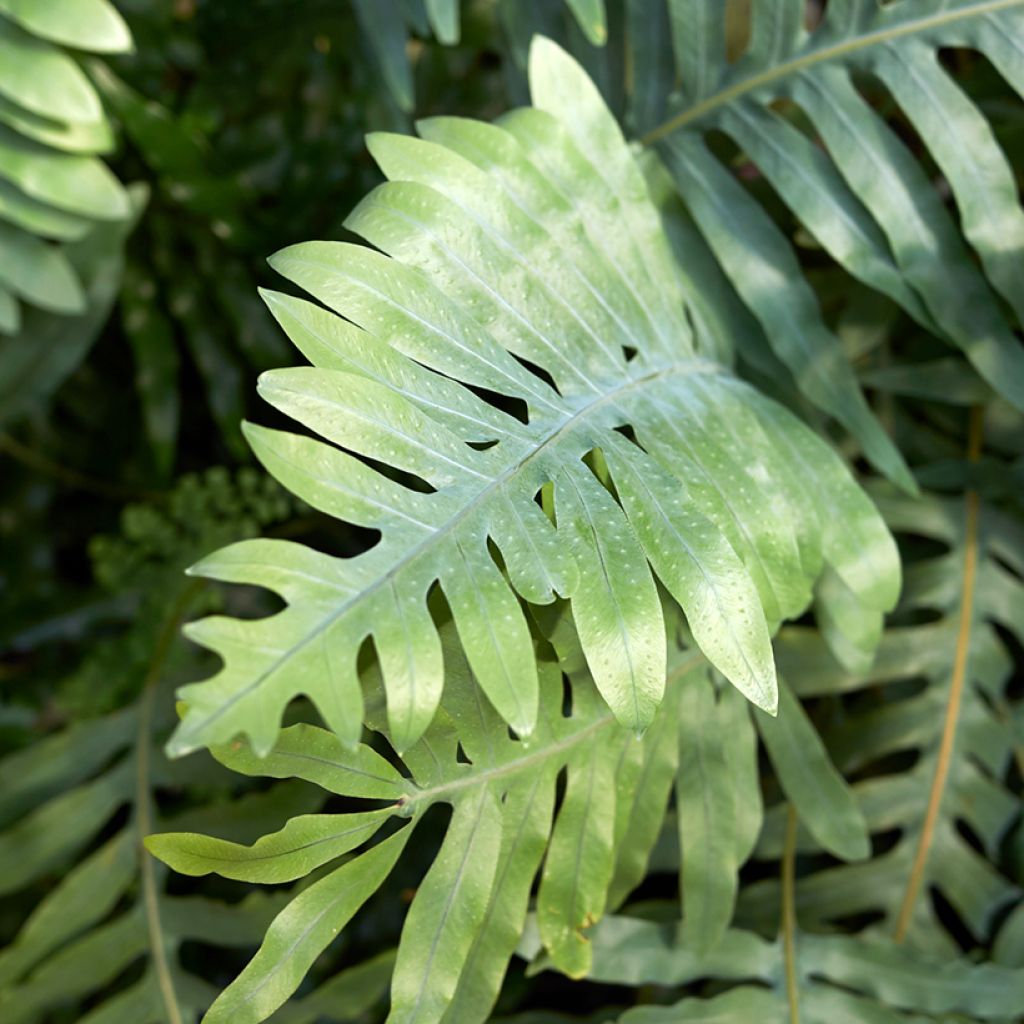

Microsorum diversifolium - Kangaroo fern
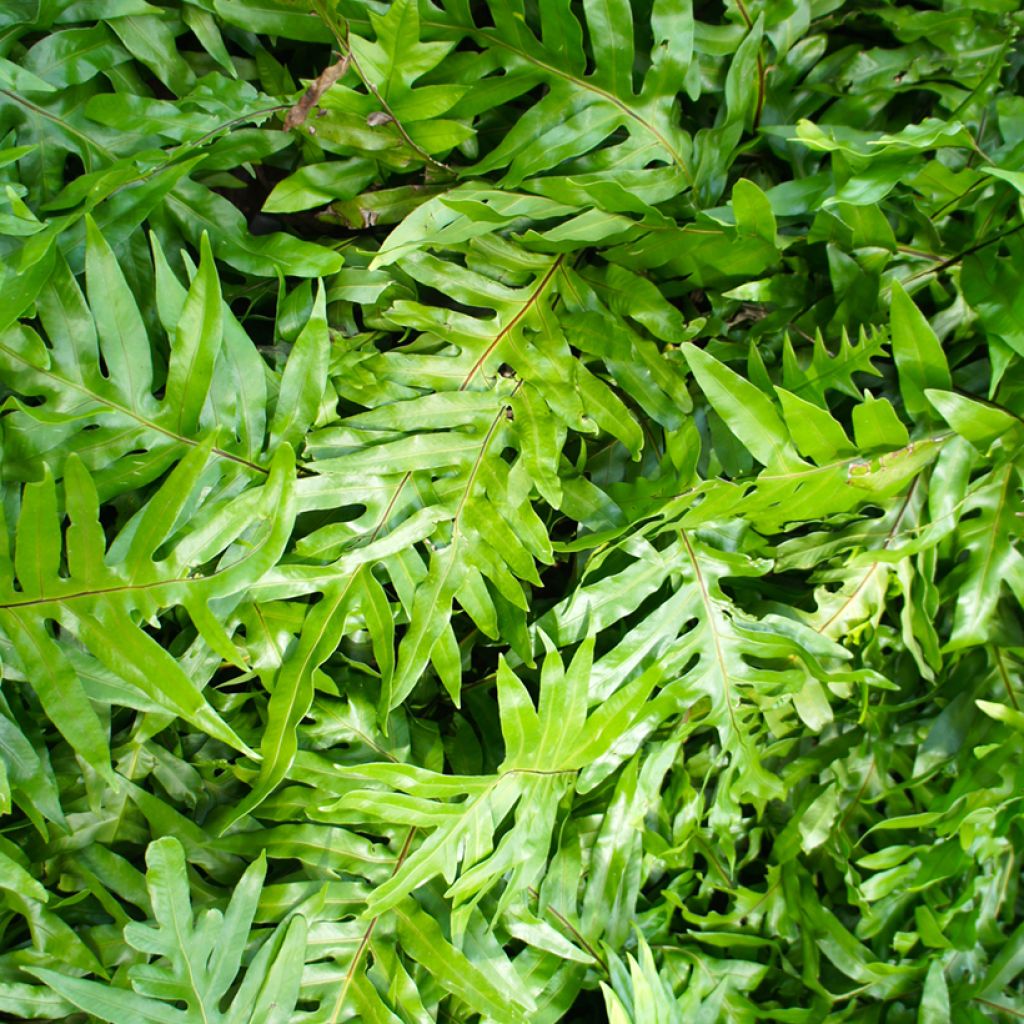

Microsorum diversifolium - Kangaroo fern
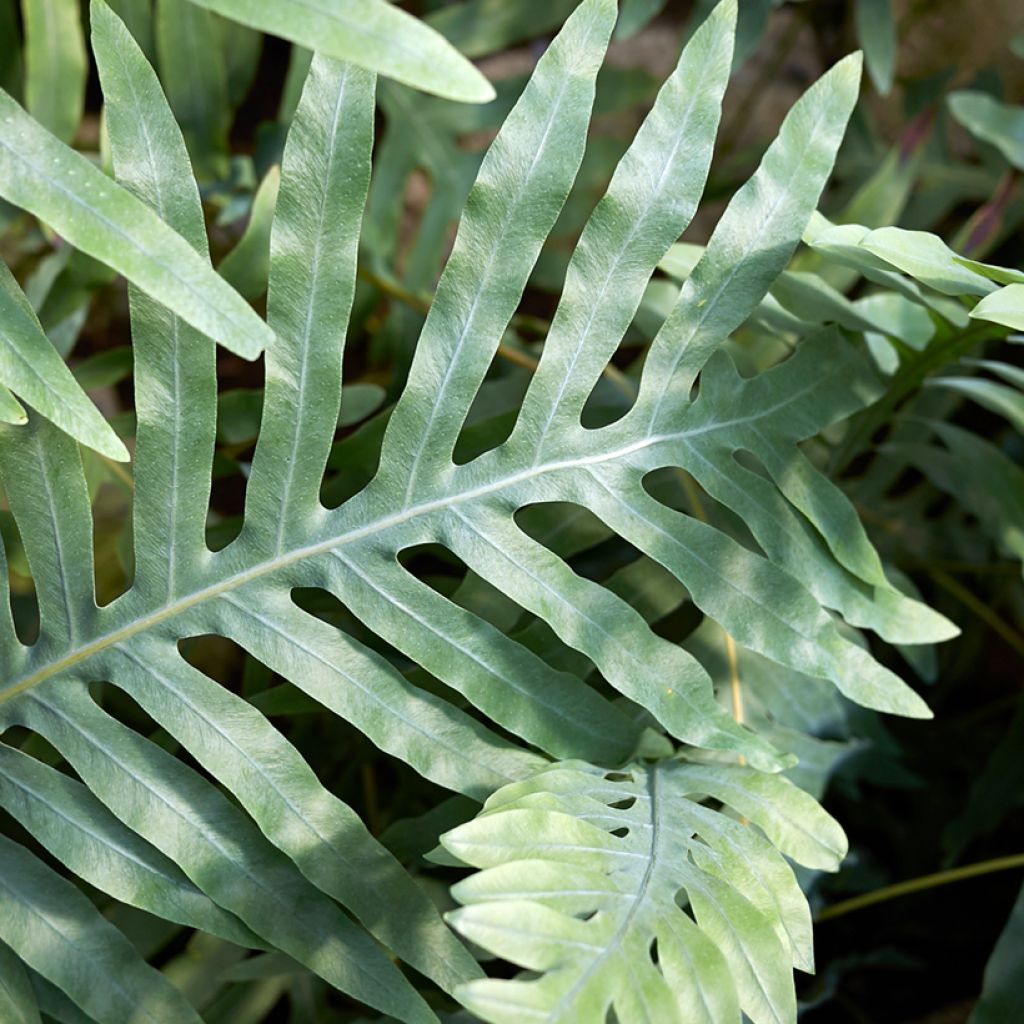

Microsorum diversifolium - Kangaroo fern
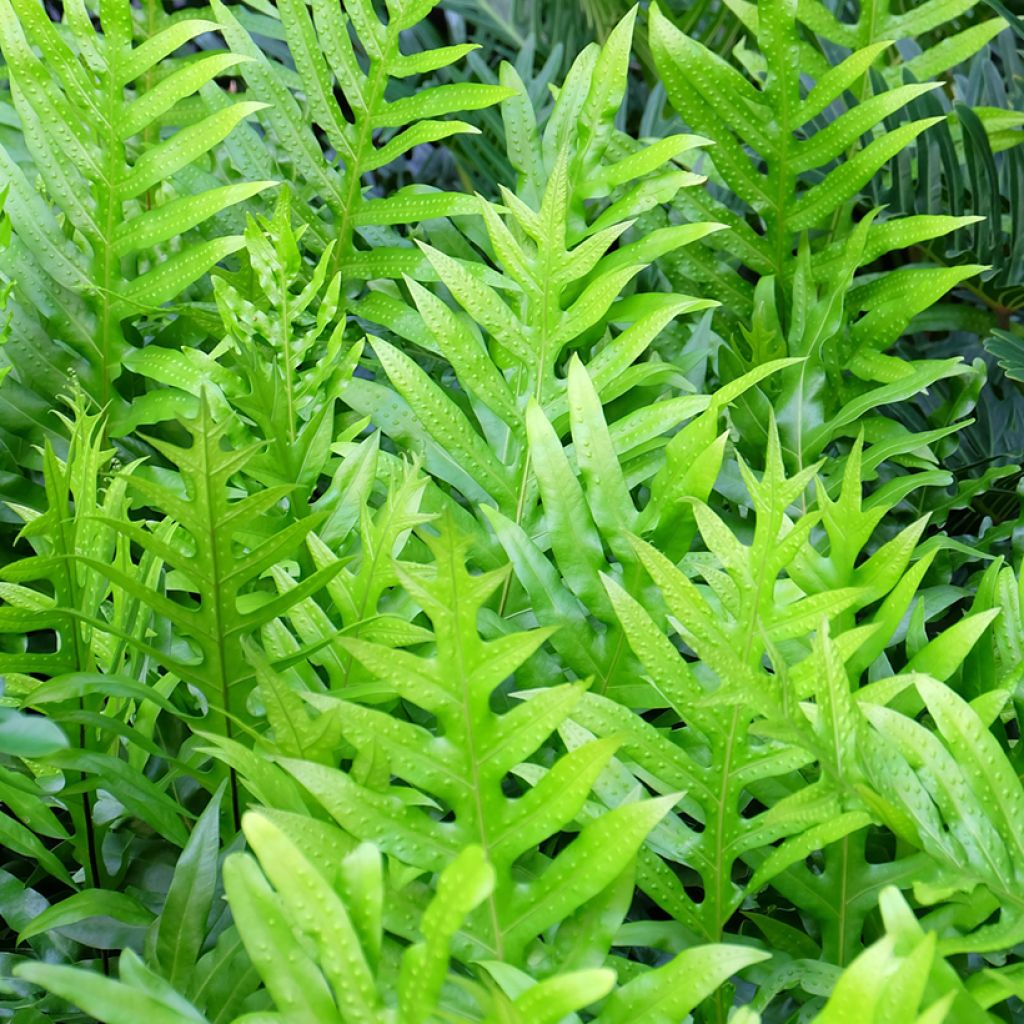

Microsorum diversifolium - Kangaroo fern
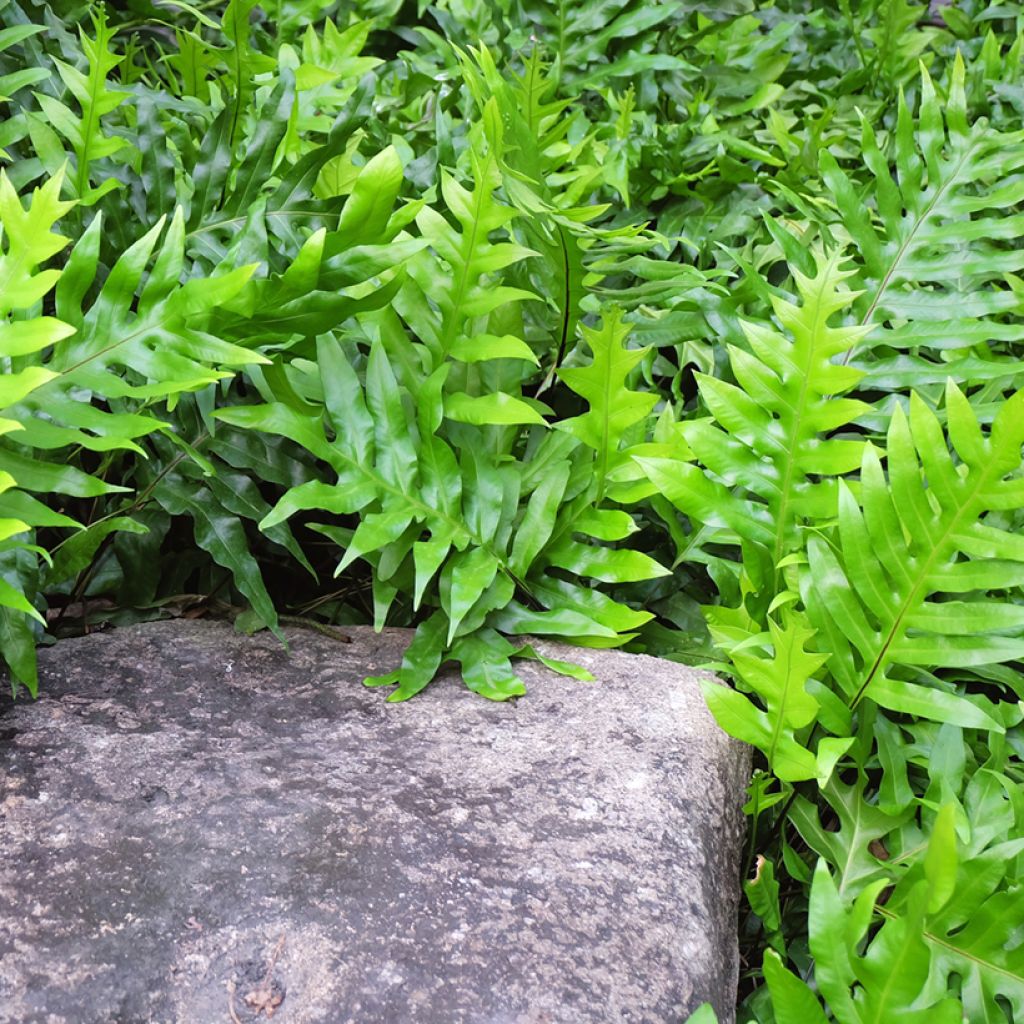

Microsorum diversifolium - Kangaroo fern


Microsorum diversifolium - Kangaroo fern
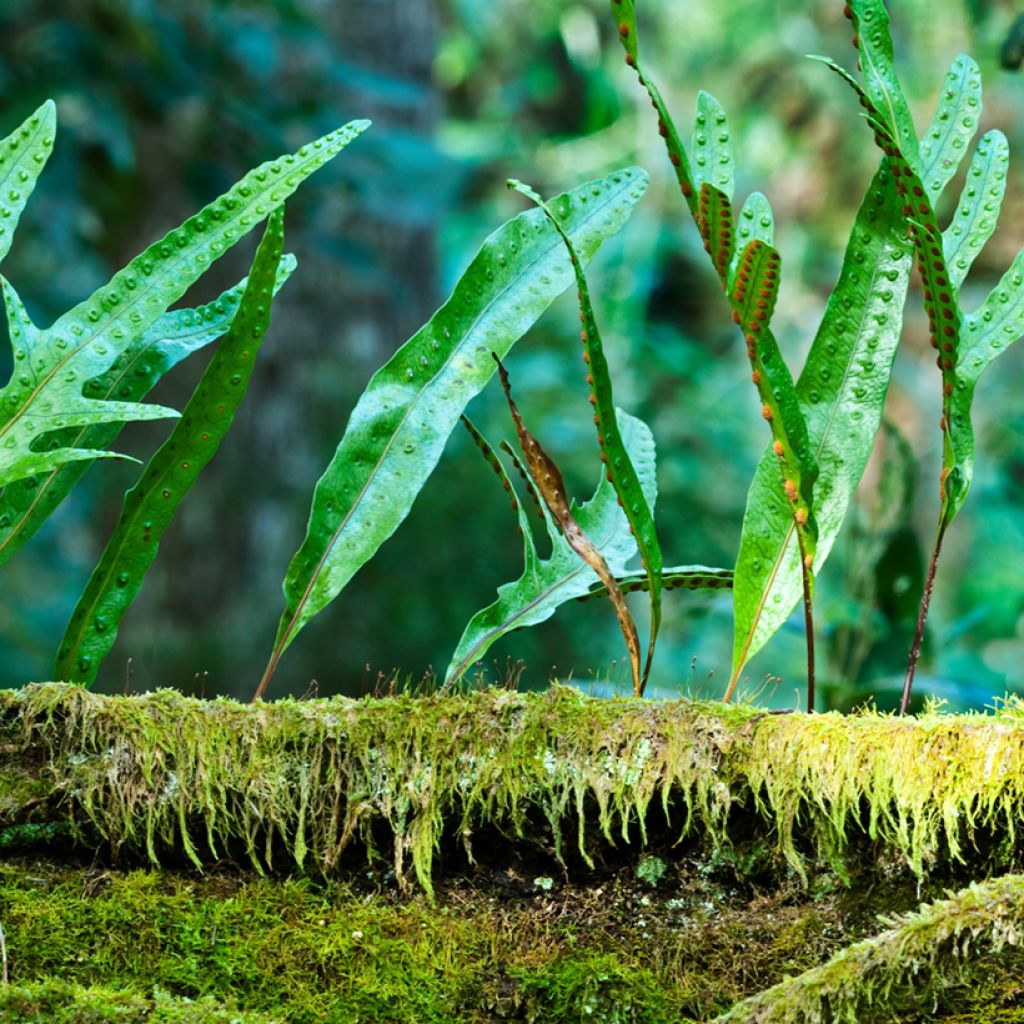

Microsorum diversifolium - Kangaroo fern
Microsorum diversifolium - Kangaroo fern
Microsorum diversifolium
Kangaroo fern
Why not try an alternative variety in stock?
View all →This plant carries a 30 days recovery warranty
More information
We guarantee the quality of our plants for a full growing cycle, and will replace at our expense any plant that fails to recover under normal climatic and planting conditions.
From 7,90 € for pickup delivery and 6,90 € for home delivery
Express home delivery from 8,90 €.
Description
Microsorum diversifolium, also known as Kangaroo Fern, is a tropical fern with glossy and deeply lobed foliage, reminiscent of kangaroo paw prints. Its spreading and trailing habit makes it an excellent houseplant, easy to grow and suited to bright spaces, but without direct sunlight. It is ideal for adding a touch of architectural exoticism to a living room, bathroom, or office.
Microsorum diversifolium belongs to the Polypodiaceae family and grows wild in the humid forests of Australia and New Zealand. Like many epiphytic ferns, it thrives on tree trunks or the forest floor, where it benefits from moisture and decomposing organic matter. Its foliage consists of evergreen, leathery, and glossy fronds, measuring between 30 and 60 cm in length indoors. Their distinctive feature lies in their irregular and deeply lobed shape, with elongated and variably numerous lobes, evoking animal paw prints. Their prominent veins and lustrous, bright green surface enhance their decorative appeal. Unlike more delicate ferns, this species has robust and resilient foliage that tolerates humidity variations quite well. Its rhizomatous root system allows it to spread gradually, with grey-green rootstocks covered in russet scaly hairs. Like all ferns, it does not produce flowers but reproduces via spores located beneath its fronds.
The Kangaroo Fern pairs well with other ferns such as Asplenium nidus or Nephrolepis exaltata, as well as with broad-leaved tropical plants like Calatheas or Philodendrons, to create a lush display, or alongside other trailing plants such as Rhipsalis.
Report an error about the product description
Microsorum diversifolium - Kangaroo fern in pictures


Foliage
Plant habit
Flowering
Botanical data
Microsorum
diversifolium
Polypodiaceae
Kangaroo fern
Australia, Oceania
Other Indoor ferns
View all →Location
Location
Maintenance and care
Potting advice, substrates and fertilisers
Houseplant care
Disease and pest advice
Maintenance and care
This item has not been reviewed yet - be the first to leave a review about it.
Similar products
Haven't found what you were looking for?
Hardiness is the lowest winter temperature a plant can endure without suffering serious damage or even dying. However, hardiness is affected by location (a sheltered area, such as a patio), protection (winter cover) and soil type (hardiness is improved by well-drained soil).

Photo Sharing Terms & Conditions
In order to encourage gardeners to interact and share their experiences, Promesse de fleurs offers various media enabling content to be uploaded onto its Site - in particular via the ‘Photo sharing’ module.
The User agrees to refrain from:
- Posting any content that is illegal, prejudicial, insulting, racist, inciteful to hatred, revisionist, contrary to public decency, that infringes on privacy or on the privacy rights of third parties, in particular the publicity rights of persons and goods, intellectual property rights, or the right to privacy.
- Submitting content on behalf of a third party;
- Impersonate the identity of a third party and/or publish any personal information about a third party;
In general, the User undertakes to refrain from any unethical behaviour.
All Content (in particular text, comments, files, images, photos, videos, creative works, etc.), which may be subject to property or intellectual property rights, image or other private rights, shall remain the property of the User, subject to the limited rights granted by the terms of the licence granted by Promesse de fleurs as stated below. Users are at liberty to publish or not to publish such Content on the Site, notably via the ‘Photo Sharing’ facility, and accept that this Content shall be made public and freely accessible, notably on the Internet.
Users further acknowledge, undertake to have ,and guarantee that they hold all necessary rights and permissions to publish such material on the Site, in particular with regard to the legislation in force pertaining to any privacy, property, intellectual property, image, or contractual rights, or rights of any other nature. By publishing such Content on the Site, Users acknowledge accepting full liability as publishers of the Content within the meaning of the law, and grant Promesse de fleurs, free of charge, an inclusive, worldwide licence for the said Content for the entire duration of its publication, including all reproduction, representation, up/downloading, displaying, performing, transmission, and storage rights.
Users also grant permission for their name to be linked to the Content and accept that this link may not always be made available.
By engaging in posting material, Users consent to their Content becoming automatically accessible on the Internet, in particular on other sites and/or blogs and/or web pages of the Promesse de fleurs site, including in particular social pages and the Promesse de fleurs catalogue.
Users may secure the removal of entrusted content free of charge by issuing a simple request via our contact form.
The flowering period indicated on our website applies to countries and regions located in USDA zone 8 (France, the United Kingdom, Ireland, the Netherlands, etc.)
It will vary according to where you live:
- In zones 9 to 10 (Italy, Spain, Greece, etc.), flowering will occur about 2 to 4 weeks earlier.
- In zones 6 to 7 (Germany, Poland, Slovenia, and lower mountainous regions), flowering will be delayed by 2 to 3 weeks.
- In zone 5 (Central Europe, Scandinavia), blooming will be delayed by 3 to 5 weeks.
In temperate climates, pruning of spring-flowering shrubs (forsythia, spireas, etc.) should be done just after flowering.
Pruning of summer-flowering shrubs (Indian Lilac, Perovskia, etc.) can be done in winter or spring.
In cold regions as well as with frost-sensitive plants, avoid pruning too early when severe frosts may still occur.
The planting period indicated on our website applies to countries and regions located in USDA zone 8 (France, United Kingdom, Ireland, Netherlands).
It will vary according to where you live:
- In Mediterranean zones (Marseille, Madrid, Milan, etc.), autumn and winter are the best planting periods.
- In continental zones (Strasbourg, Munich, Vienna, etc.), delay planting by 2 to 3 weeks in spring and bring it forward by 2 to 4 weeks in autumn.
- In mountainous regions (the Alps, Pyrenees, Carpathians, etc.), it is best to plant in late spring (May-June) or late summer (August-September).
The harvesting period indicated on our website applies to countries and regions in USDA zone 8 (France, England, Ireland, the Netherlands).
In colder areas (Scandinavia, Poland, Austria...) fruit and vegetable harvests are likely to be delayed by 3-4 weeks.
In warmer areas (Italy, Spain, Greece, etc.), harvesting will probably take place earlier, depending on weather conditions.
The sowing periods indicated on our website apply to countries and regions within USDA Zone 8 (France, UK, Ireland, Netherlands).
In colder areas (Scandinavia, Poland, Austria...), delay any outdoor sowing by 3-4 weeks, or sow under glass.
In warmer climes (Italy, Spain, Greece, etc.), bring outdoor sowing forward by a few weeks.

































